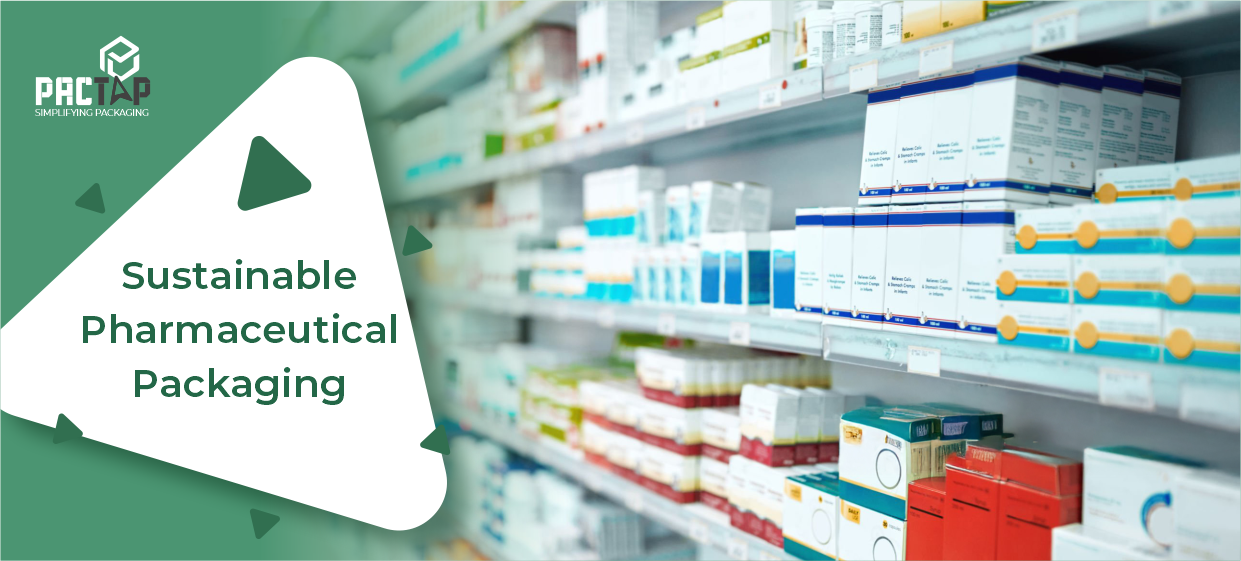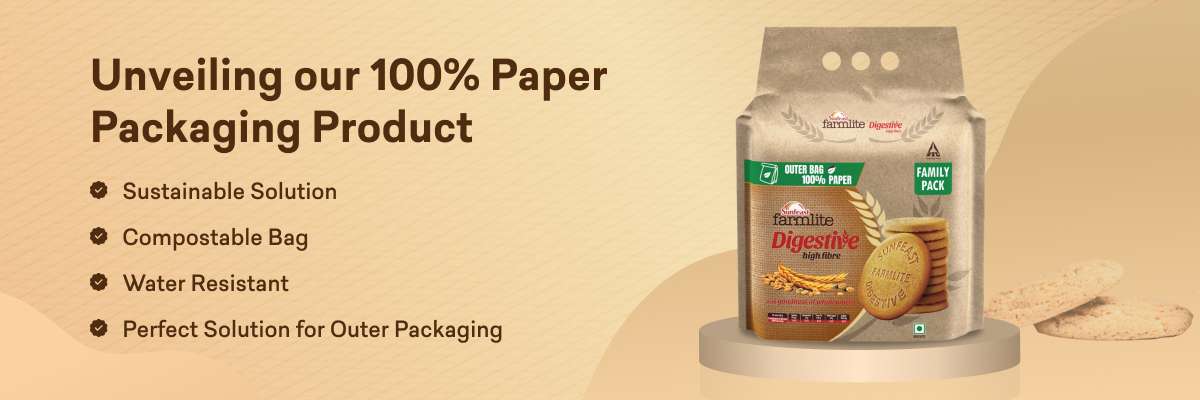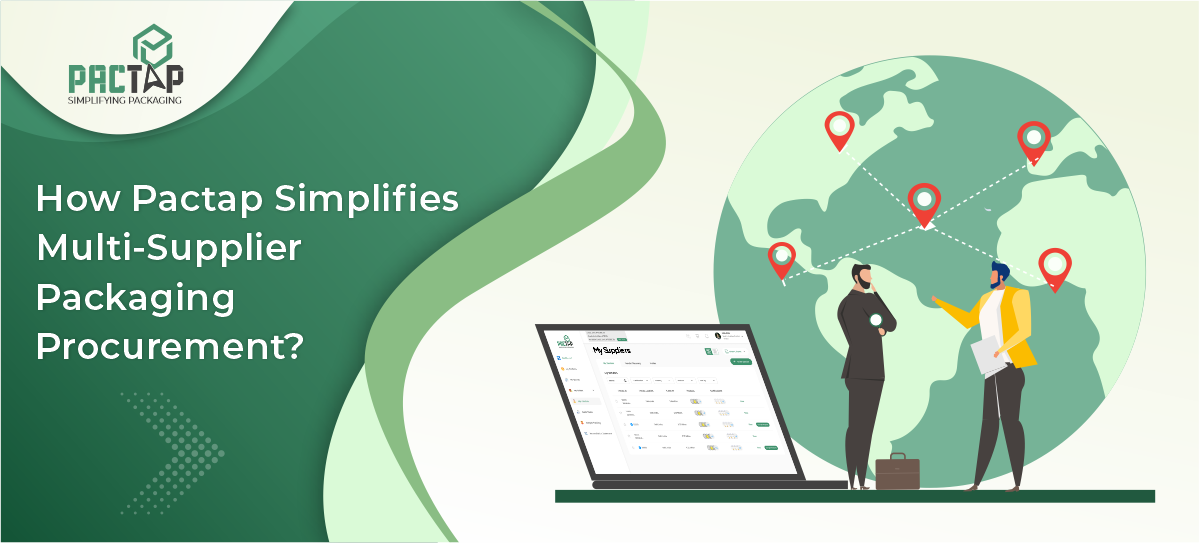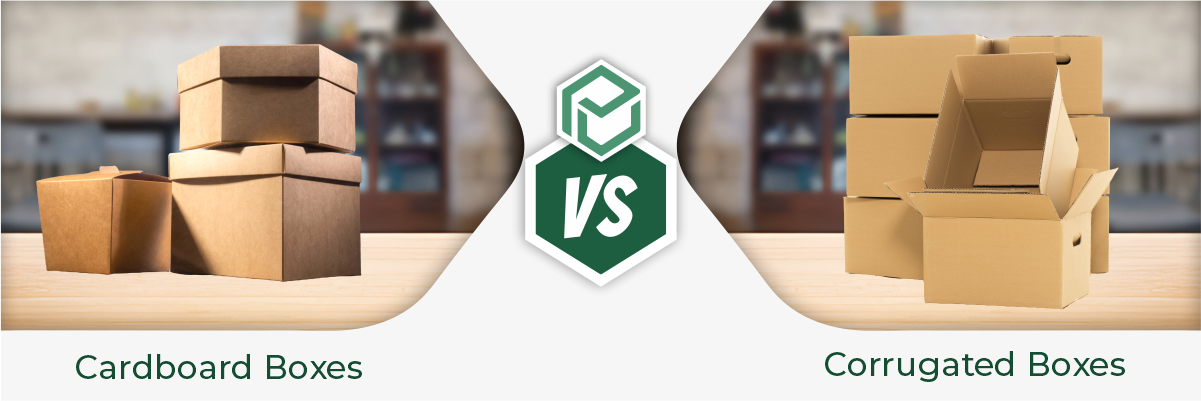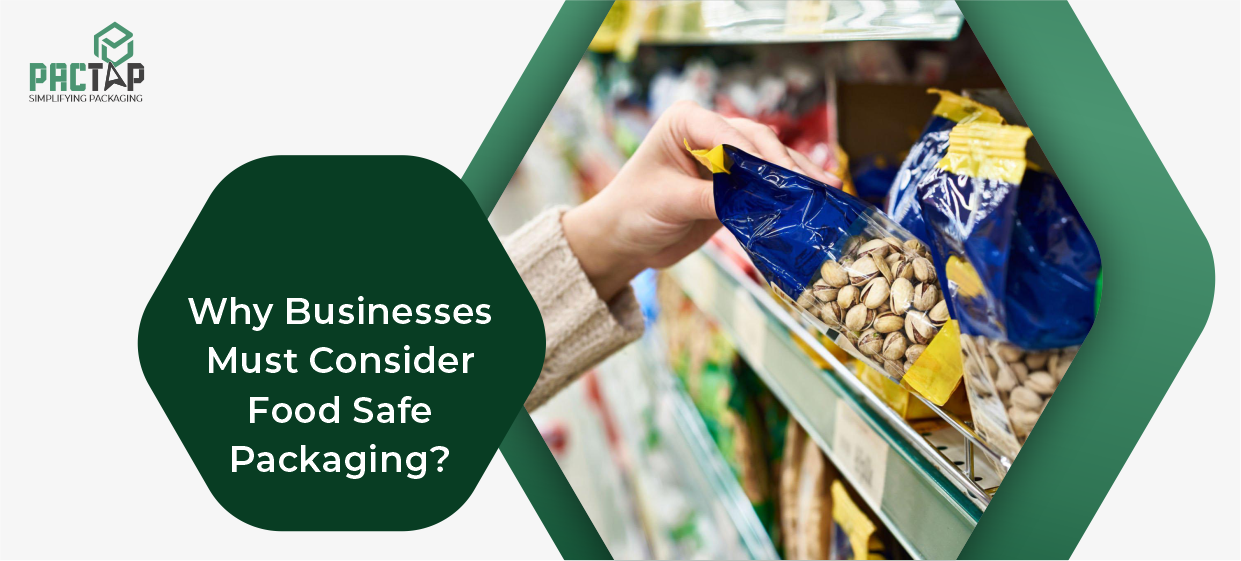Have you ever wondered where your pill bottles go after you throw them away? Here’s the reality most people don’t think about: these containers don’t just disappear. Instead, they create a growing environmental problem that affects us all.
Every day, medicine packaging piles up in landfills. Most pill bottles, blister packs, and syringe wrappers can’t be recycled. As a result, this waste stays in the environment for months.
With the increase in greener practices, sustainable packaging has become a necessity. Therefore, companies are switching to sustainable packaging solutions. But what does sustainable pharmaceutical packaging involve, and why is it so important? Find out below.
What Is Sustainable Pharmaceutical Packaging?
Sustainable pharmaceutical packaging is a new way to package medicines. It uses materials that don’t damage the environment. Instead of regular plastic, these packages break down naturally over time.
Traditional packaging creates problems. Most medicine bottles and boxes use plastic that never decomposes. This plastic affects the environment. Moreover, making this packaging uses lots of energy and creates pollution.
Sustainable packaging works differently. It uses materials from plants or recycled items. These materials protect medicines from any damage. However, they don’t affect the environment when thrown away.
Need For Sustainable Pharmaceutical Packaging:
- Eco-friendly materials make a difference. Companies now use biodegradable and compostable substances. They also use recycled materials instead of new plastic. This reduces waste significantly.
- Compact designs use fewer resources. Innovative packaging uses just enough material to protect medicines. Nothing gets wasted in the process. This approach saves money and materials.
- Production becomes more efficient. Making sustainable packaging requires less energy and water. Companies reduce their environmental impact during manufacturing. This creates cleaner production processes.
- Finally, innovative designs offer multiple uses. Some packages can be refilled or reused. Others serve different purposes after the medicine is used. This reduces single-use waste dramatically.
Sustainable pharmaceutical packaging protects both medicines and the environment. It builds trust with customers and ensures safety.
What is the Difference Between Primary and Secondary Packaging?
Packaging does much more than just wrap things up. It keeps the medication safe until it is delivered. Packaging has two main types. These are called primary packaging and secondary packaging. Each type serves different but essential purposes.
| Primary Packaging | Secondary Packaging |
|---|---|
| It holds and comes in contact with the medication. | Holds one or more primary packages for protection or display. |
| It protects the medication from contamination and damage. | It facilitates handling, transport, and branding. |
| Use of materials like plastic, glass, and aluminum. | Use of materials like cardboard, paperboard, and plastic film. |
| It is strictly regulated for the safety and hygiene of the products. | This is less regulated and is focused on marketing and logistics. |
| Some examples are blister packs, bottles, vials, and syringes. | Some examples are carton boxes, outer wraps, and display boxes. |
Understanding the differences among pharmaceutical packaging types helps create innovative, safe, and sustainable packaging strategies.
What are the Types of Pharmaceutical Packaging Materials?
Adequate packaging protects pharmaceuticals from contamination and damage before reaching consumers. Understanding packaging materials helps consumers to see the sustainability needs. Each material has specific benefits for protecting medicines. However, traditional materials often create environmental problems. Therefore, companies are exploring eco-friendly alternatives for the packaging of pharmaceutical products.
Glass Containers
Glass containers offer excellent chemical stability and don’t react with most medications, but provide an outstanding barrier against moisture and contamination. Most importantly, it keeps medicines uninfected and safe. It comes in different colors for protection. Clear glass bottles let you see the medicine inside. Amber glass offers extra security for light-sensitive medications. This prevents medicines from breaking down when exposed to sunlight. However, glass production requires lots of energy and creates environmental concerns.
Plastic Packaging
Plastic materials offer flexibility and lightweight protection. They’re used for medicine bottles, tubes, and blister packs. These materials are safer for shipping and handling. Different plastics work with various medicines. Manufacturers must choose the right plastic type carefully. This prevents unwanted chemical reactions between the container and the medicine. However, most plastic packaging isn’t recyclable and creates long-term waste problems.
Aluminium Foil
Aluminum provides excellent protection from environmental factors. It blocks light, moisture, and oxygen completely. These elements can affect the stability and make them less effective. Therefore, aluminum is widely used as it is non-reactive also. You’ll find aluminum in many packaging types. Blister packs often combine aluminum with plastic materials. Aluminum also wraps suppositories and other sensitive medicines. It shapes easily without losing its protective qualities.
Paper and Cardboard
These materials mainly serve as secondary packaging. Cardboard boxes hold primary containers like bottles and blister packs. Paper inserts contain essential information about dosage and side effects. They also include proper disposal instructions. Paper materials don’t touch medicines directly. However, they protect primary containers during shipping and storage. They also communicate vital safety information to consumers and healthcare providers.
Rubber Materials
Rubber components create essential seals for medicines. Rubber stoppers keep vials tightly closed, while syringe systems use rubber parts for proper sealing. These components prevent unstable leaking and contamination. It also requires extreme care. These materials must never leak harmful chemicals into medicines. Therefore, different rubber grades undergo extensive testing to ensure the safest possible materials for pharmaceutical products.
Choosing proper pharmaceutical packaging materials protects medicines from environmental damage and contamination. Each material offers specific benefits for medication and consumer safety.
What are the Challenges in Executing Sustainable Pharmaceutical Packaging?
The pharmaceutical industry is moving toward eco-friendly packaging solutions. However, this shift brings many complex challenges that need careful planning. Companies must balance environmental goals with strict safety requirements. Each challenge requires thoughtful solutions and strategic approaches.
Regulatory Norms and Safety Criteria
Meeting strict pharmaceutical regulations while adopting new sustainable materials poses a substantial challenge. Regulatory bodies like the FDA require extensive testing and validation for packaging changes to ensure consumer safety and medication efficacy.
Financial Constraints and Economic Viability
Sustainable packaging costs more money upfront. Companies face higher initial expenses when switching from traditional materials. Creating biodegradable or recyclable materials requires extensive testing and innovation. This process demands substantial investment before companies see any results.
Material Barrier Properties
Ensuring sustainable materials protect against moisture, light, oxygen, and contamination remains necessary. Many eco-friendly alternatives may not offer the same barrier properties as traditional plastic packaging. Pharmaceutical companies must carefully evaluate whether sustainable materials can maintain medication stability throughout the shelf without compromising effectiveness.
Supply Chain and Manufacturing Limitations
Limited availability of certification packaging materials creates dependency risks, availability risks, and potential supply interruptions. The specialized nature of pharmaceutical packaging requirements further restricts supplier options. This is because materials must meet sustainability criteria. Manufacturing facilities may require equipment modifications or complete system replacements to process new materials effectively.
Consumer Acceptance and Market Adaptation
Educating healthcare providers and consumers about new sustainable packaging formats while maintaining user-friendly designs presents a unique challenge. Changes in packaging appearance, opening mechanisms, or disposal methods may require consumer awareness campaigns. Companies must ensure that sustainable packaging maintains the same level of convenience and functionality that users expect while communicating the environmental benefits.
Pharma Mono Cartons – Pharmaceutical Packaging Product At PACTAP
PACTAP offers high-quality pharmaceutical mono cartons specifically designed for the healthcare industry’s needs. Our pharmaceutical mono cartons deliver essential protection, superior quality, and excellent branding opportunities that companies depend on.
- These cartons meet strict pharmaceutical standards.
- They protect medicines from environmental damage while maintaining product integrity.
- They provide clear space for crucial medical information and branding elements.
- They work as secondary packaging for bottles, blister packs, and other primary containers.
- They create professional presentations that build consumer trust and brand recognition.
Quality manufacturing ensures reliable performance. Each carton undergoes rigorous testing to meet pharmaceutical safety requirements. Furthermore, our production processes maintain consistency across large orders while meeting tight delivery schedules.
With Pactap’s pharmaceutical mono cartons, medications are damage-free and delivered to consumers in top condition.
To Sum Up!
Addressing the need for sustainable pharmaceutical packaging is essential. As the pharma sector grows, so does its environmental impact. It means businesses must change the way they pack medicines. Using sustainable materials helps reduce waste and carbon footprints. It also maintains the global sustainability requirements for pharmaceuticals.
